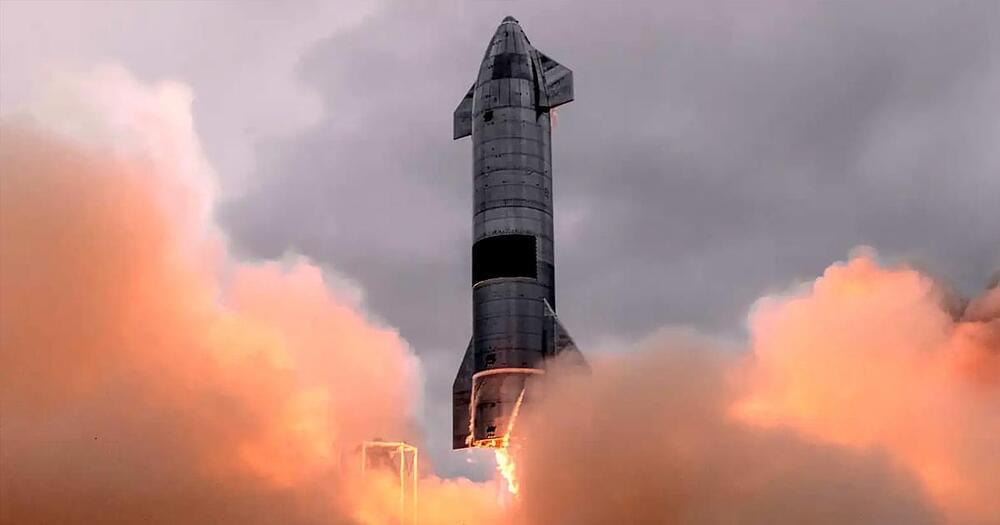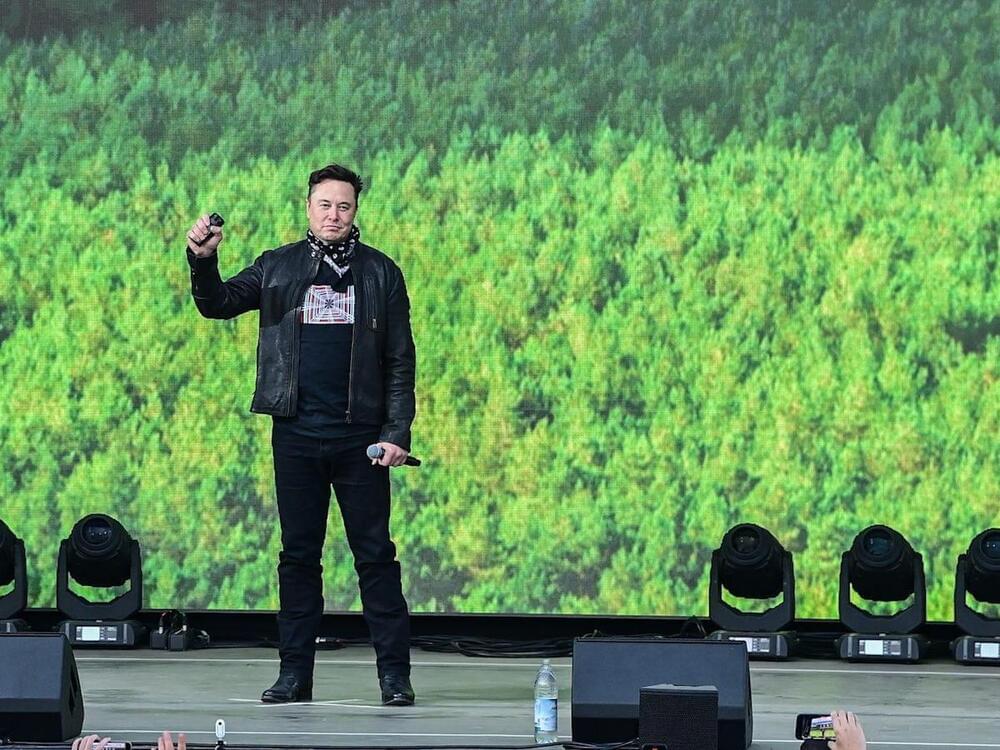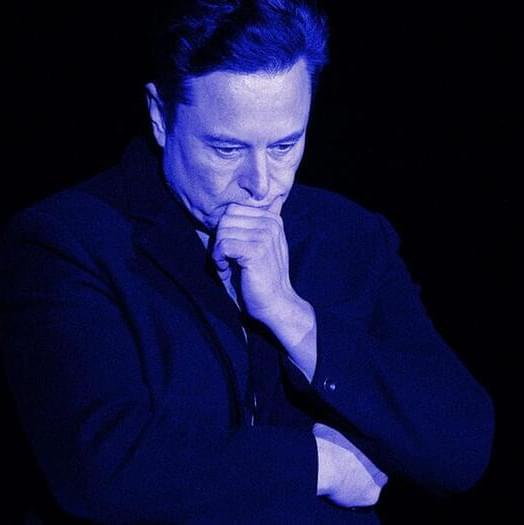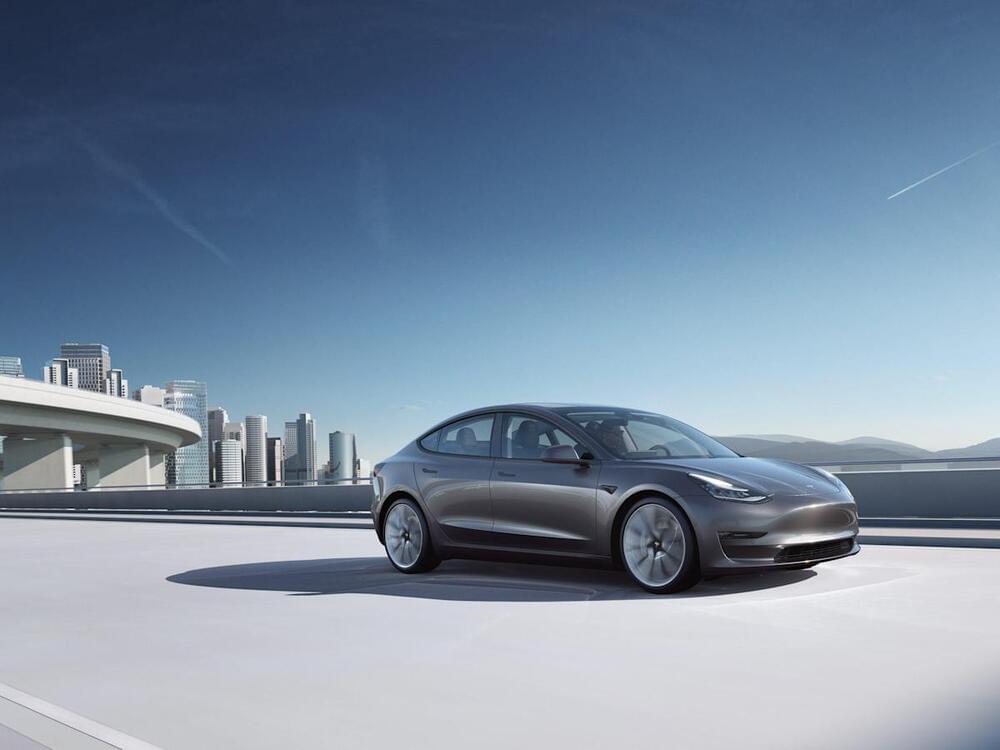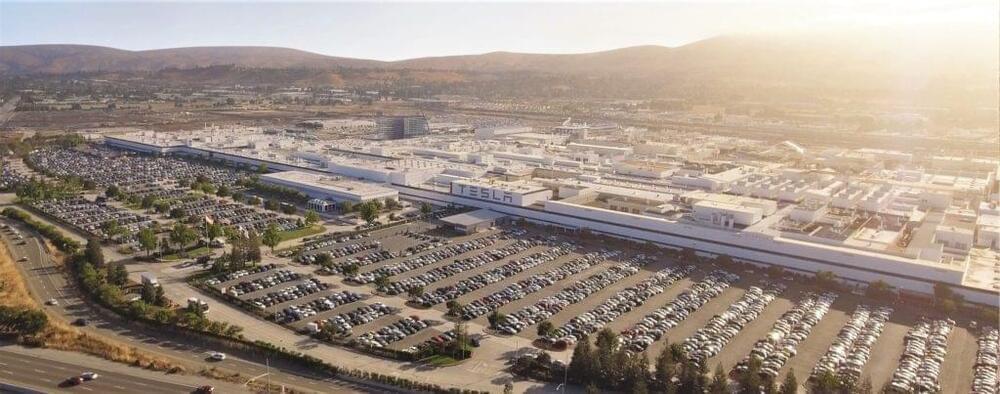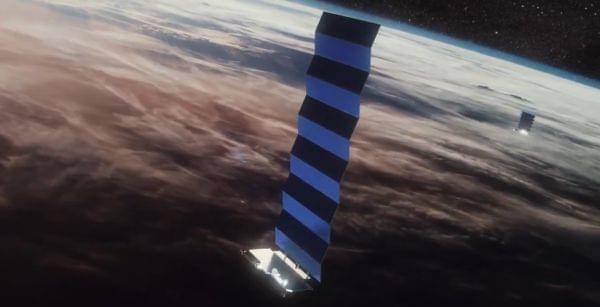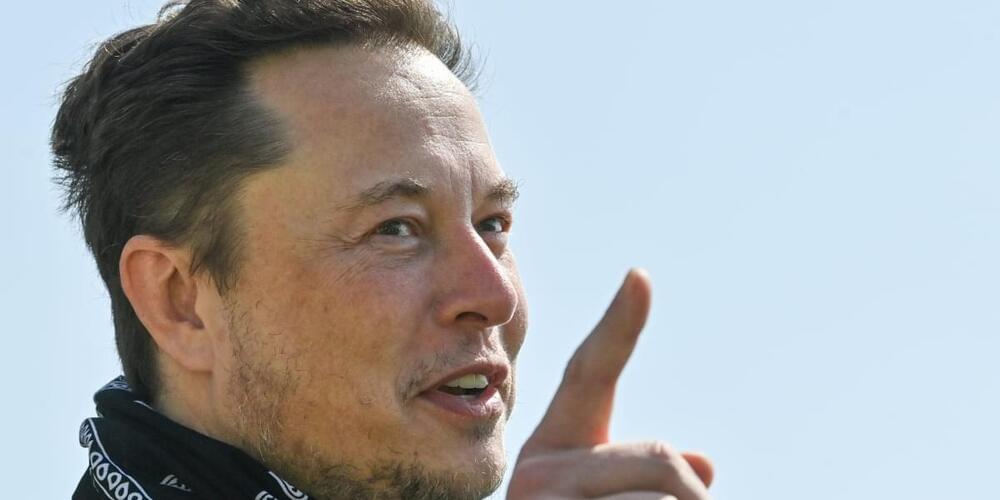Welp, Starship is delayed yet again.
SpaceX CEO Elon Musk tweeted on Friday that there would be “slight delays” ahead for the company’s experimental Mars-bound spacecraft. To blame, the billionaire said, was SpaceX having to dedicated more resources to fighting escalating cyber attacks on Starlink satellites by Russia after the space company sent Ukraine a shipment of its internet terminals.
Starship’s first launch has been delayed numerous times now, with much of it due to pending regulatory approval from the Federal Aviation Administration (FAA). However, this latest instance comes amidst a time of geopolitical turmoil caused by Russia’s invasion of Ukraine.
